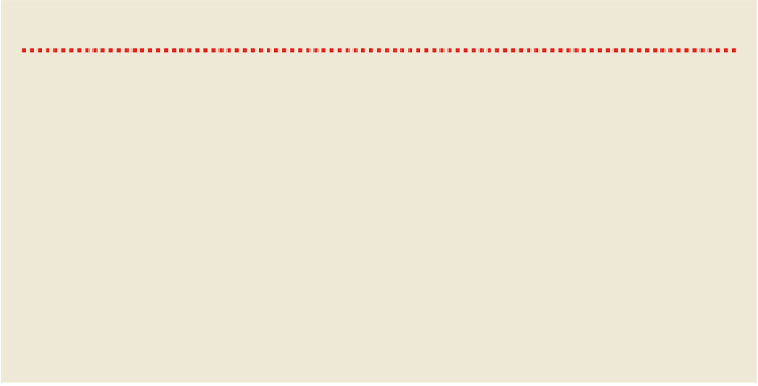Travel Reference
In-Depth Information
THE RESERVA DE BIÓSFERA MAYA
The Maya Biosphere Reserve, occupying 18,449 sq km stretched right across the north of El Petén, is part of the
Unesco World Biosphere Reserve Network. As an innovative approach to conservation, the reserve is split into
three spheres: a buffer zone where economic activities are permitted within a framework of environmental protec-
tion; a multiple-use zone, composed of tropical forest and supposedly dedicated to the sustainable harvest of
xate
(low-growing palm)
ferns, chicle gum and timber; and the core area for scientific research, conservation of the
natural environment and/or archaeological sites, and tightly controlled ecological and cultural tourism.
Unfortunately, the illegal harvesting of timber in the forests continues to occur on a massive scale, Maya tombs
are desecrated by looters, and tourists (no matter how conscientious) have a negative impact on the fragile eco-
system. The buffer zone is rapidly changing from a forested landscape with scattered agricultural patches to an
agricultural landscape with scattered forest patches. New roads meant to provide access to the core zones for re-
searchers and tourists have fueled the migration and settlement of peasants from further south.
In fact, the most successful of the three zones, according to some conservationists, has been the one designated
for multiple uses. This is because it is in the interest of the forest concessions to deter illegal activities, since the
sustainable harvesting they engage in provides employment for their communities. These groups determinedly
patrol their turf to ward off poachers, whom they see as competition, whereas violators in the core zones are less
likely to face punitive action from the governmental agencies that are charged with managing them.
Templo IV & Complejo N
Templo IV, at 65m, is the highest building at Tikal and the second-highest pre-Columbian
building known in the western hemisphere, after La Danta at El Mirador. It was completed
about 741, probably by order of Ah Cacao's son, Yax Kin, who was depicted on the
carved lintel over the middle doorway (now in a museum in Basel, Switzerland), as the
western boundary of the ceremonial precinct. A steep wooden staircase leads to the top.
The view east is almost as good as from a helicopter - a panorama across the jungle can-
opy, with (from left to right) the temples of the Gran Plaza, Temple III, Temple V (just the
top bit) and the great pyramid of the Mundo Perdido poking through.
Between Templo IV and Templo III is Complejo N, an example of the 'twin-temple'
complexes erected during the late-Classic period. This one was built in 711 by Ah Cacao
to mark the 14th
katun
, or 20-year cycle, of
baktun
9. (A
baktun
equals about four centur-
ies.) The king himself is portrayed on the remarkably preserved
Stela 16
in an enclosure just
across the path. Beside the stele is
Altar 5
, a circular stone depicting the same king accom-
panied by a priestly figure in the process of exhuming the skeleton of a female ruler.

